Birds, like fish, amphibians, reptiles and mammals, are also vertebrates.The main features of modern day birds are feathers, toothless beak, hard-shelled eggs with which they leave their offspring, four-chambered heart, high cellular biochemical rate, light but strong bones, etc. All birds have wings, the only exception being the now defunct New Zealand moa. The anterior appendage has evolved into a wing. Almost all birds can fly and even birds that are unable to fly (such as ostriches, penguins) are the product of the evolution of ancestors capable of flying. Most of the birds that are unable to fly are native to some of the islands. The process of digestion and excretion of birds is favourable for them to fly easily and is quite different from all other animals. A few species of birds, especially crows and tigers, are among the most intelligent animals in the animal kingdom. Some species of birds have mastered the technique of making and using small tools. In some social birds, generation after generation is seen to impart the knowledge necessary for their survival.

Many of the birds are migratory. At certain times of the year they travel huge distances from one place to another. Irregular movement of short lengths is more evident from such transfers. Most birds are social creatures. They communicate with each other through visual cues and calls or whistles. They also take part in various social activities, such as taking part in breeding in the same season, colonizing together, flying in flocks, searching for food in groups, and even chasing the enemy in groups. Most birds mate only for one breeding season or a maximum of one year, rarely mating for a lifetime. Polygamy is also seen in birds. Birds usually lay their eggs in their nests and their parents hatch with them. Most birds rear their young for quite some time after they hatch.
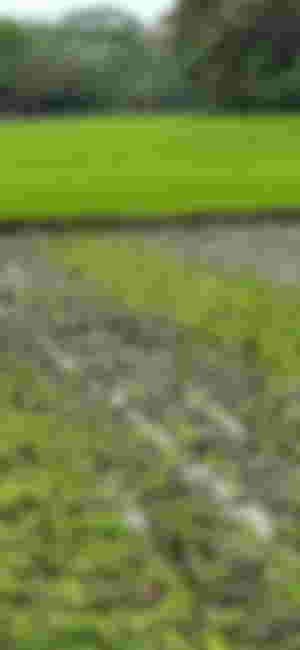
The economic importance of birds is much higher. Their importance as food is immense. Many species are hunted for meat and some species are commercially reared. Parrot, Myna, Chandana, many species of song birds and Bahari birds are highly valued as domestic birds. Guano manure derived from bird droppings is excellent and has commercial importance. Birds cover a huge area in literary, cultural, religious and even social fields. From the 17th century to the present day, 120 to 130 species of birds have been lost from the world due to various human activities. Even before that, about a hundred other species have suffered the same fate. At present, almost all species like Barosh are on the verge of extinction due to human cruelty. In recent times, various measures have been taken for the conservation of several species.
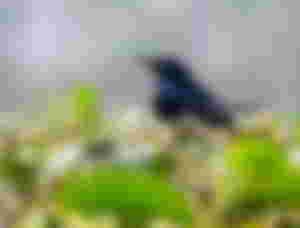
Birds are found almost everywhere in the world, meaning they are found on all seven continents. Most of the birds have been able to move freely due to aerial adaptation. The body has become lighter for flying and the body shape has become like a spider. Despite the adaptation of the air, due to food intake, self-defense, breeding, etc., the birds have spread everywhere in the forest plains, mountains, localities, rivers, canals, seas. There are a few species of birds that are particularly adaptable to the water. Some seabirds spend the lion's share of their lives at sea, coming ashore only to lay their eggs. Some species of penguin can dive up to 300 meters (about 980 feet) deep in the ocean. Snow patrol breeding colonies have been found in the southernmost part of the world, 440 km inland from Antarctica. It was previously thought that the higher the species rate in these areas, the higher the number of species. Recent studies have shown that the extinction rate of birds is higher in other regions than in the summer. That is why their diversity is less in those areas.

Several species of birds have spread from their original habitat to other parts of the world through humans and continue to breed successfully there. As a result of such release, a number of birds have spread almost all over the world; For example, Phatian Mathura (Phasianus colchicus) is widespread around the world as a prey bird. Again, some species have spread to other regions due to human reluctance. For example, in many cities in North America, the Muni Tiaras, who had escaped from the cages, have set up their new bases.

Flying is the most common way of moving most of the world's birds. Birds can be distinguished from most of the animals in the world by this single feature. The ability of birds to fly is essential for various tasks such as food collection, breeding, and protection from predators. The anatomy of the bird is adapted in such a way that it is easy to fly. The two front limbs have evolved over many years and have been transformed into wings, and the different uses of these wings allow birds to float in the sky. There are three main theories about the origin of aviation. Pouncing Proviso Doctrine, Corsorial Doctrine and Arboreal Doctrine. According to the Pouncing Proviso doctrine, the birds actually originated from predators who ambushed and hunted from high places. At this time they used the two front limbs to catch the prey. At first they dragged the prey. Later he would carry the prey. During the time when they were floating in the air while catching prey, the nature and structure of their front limbs changed drastically. According to the cursorial doctrine, the rapid flight to the ground gave rise to the flight of birds. The ancestor of birds was the long-tailed runner bipedal animal. They could run fast and jump on strong backs. They could spread their forearms in the air. Again in Arboreal doctrine it is said that the ancestor of birds was arboreal animals. They would climb trees and glide from there to the ground or to other trees. Such birds were able to glide or fly through the air at some distance from trees or high places. Over time, the foreskin grows larger and wings. Which helped the animal to maintain its mass while flying.

Birds fly in different ways; Such as: flapping, souring, gliding or skimming, hovering etc. The flight pattern of a bird depends on its wing structure and body size. There are also about 60 species of birds in the world that cannot fly at all. Most extinct birds were unable to fly. Most of these birds are islanders. It is thought that the ancestors of these birds did not need to fly in self-defense as there were no predators on the island. That is why they gradually lose their ability to fly. Such birds cannot use their wings to fly. However, flying-disabled birds like penguins, oaks, etc. use their wings just like flying when swimming in water.
Most birds are naturally diurnal. However, several species of owls, nocturnal and frog-faced nocturnal creatures. Many species of birds are active again in the evening or morning. Ducks and goats look for food even on a full moon night. Panikata birds are dependent on the tides for food so they have no problem with day or night. Day or night, they are active depending on the tide.
Seabirds are species of birds that have adapted mainly to the marine environment. Seabirds make drastic changes in their lifestyle, behaviour, and physique, often showing interesting converging evolution.
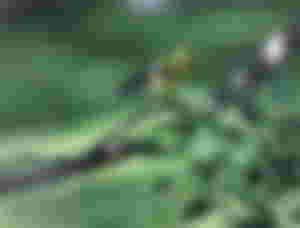
Marine birds generally live much longer, breed much later, and have fewer offspring than other birds. But they spend a lot of time behind their children in their care. Most birds nest in bird colonies. The number of birds in the colony can range from dozens to millions. Most birds migrate by crossing the equator, some of which are famous for their long migration, or some of which orbit the world's waterways. Seabirds are very floating, or they spend much of the year away from the ocean.
Seabirds and the human race have a long history together. They fed the hunters, showed the fishermen the way to their fishing grounds, and showed the sailors the way to reach the land. Many of these species are endangered by humans and are under conservation efforts.



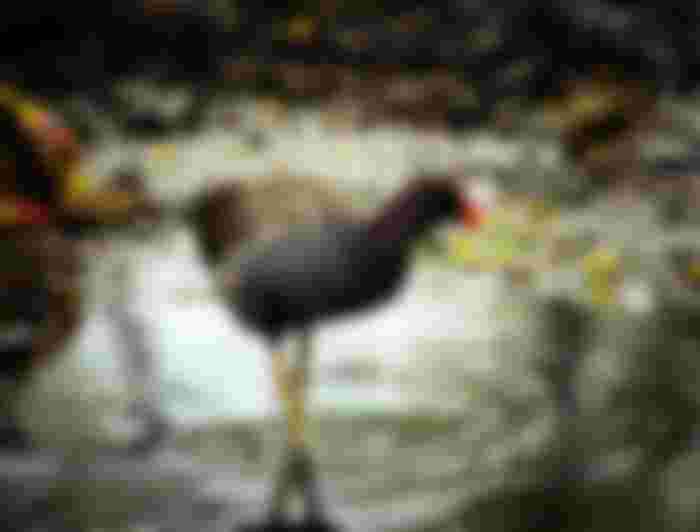
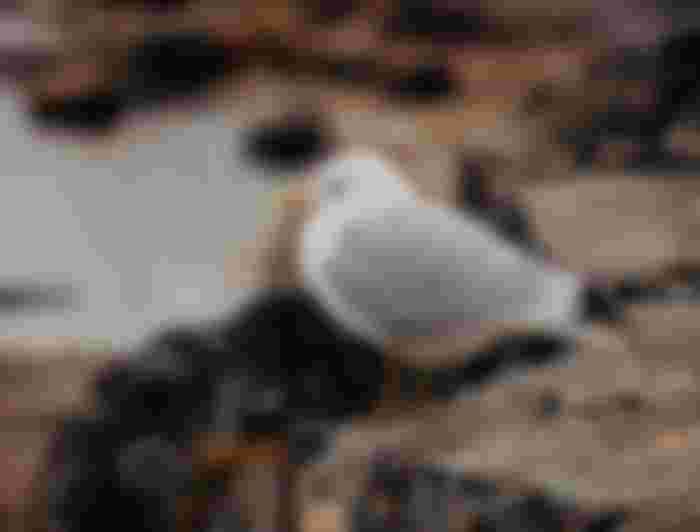
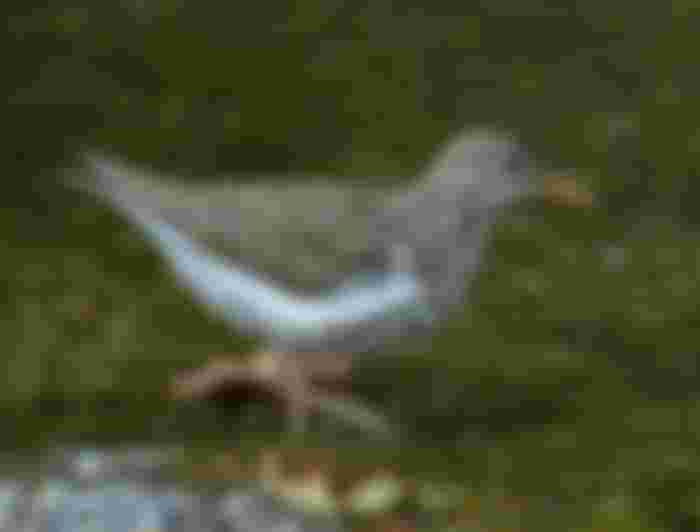
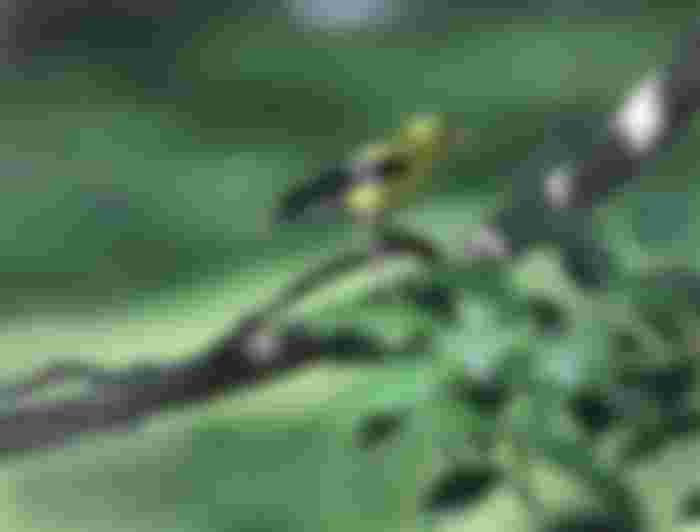
Some birds are migratory